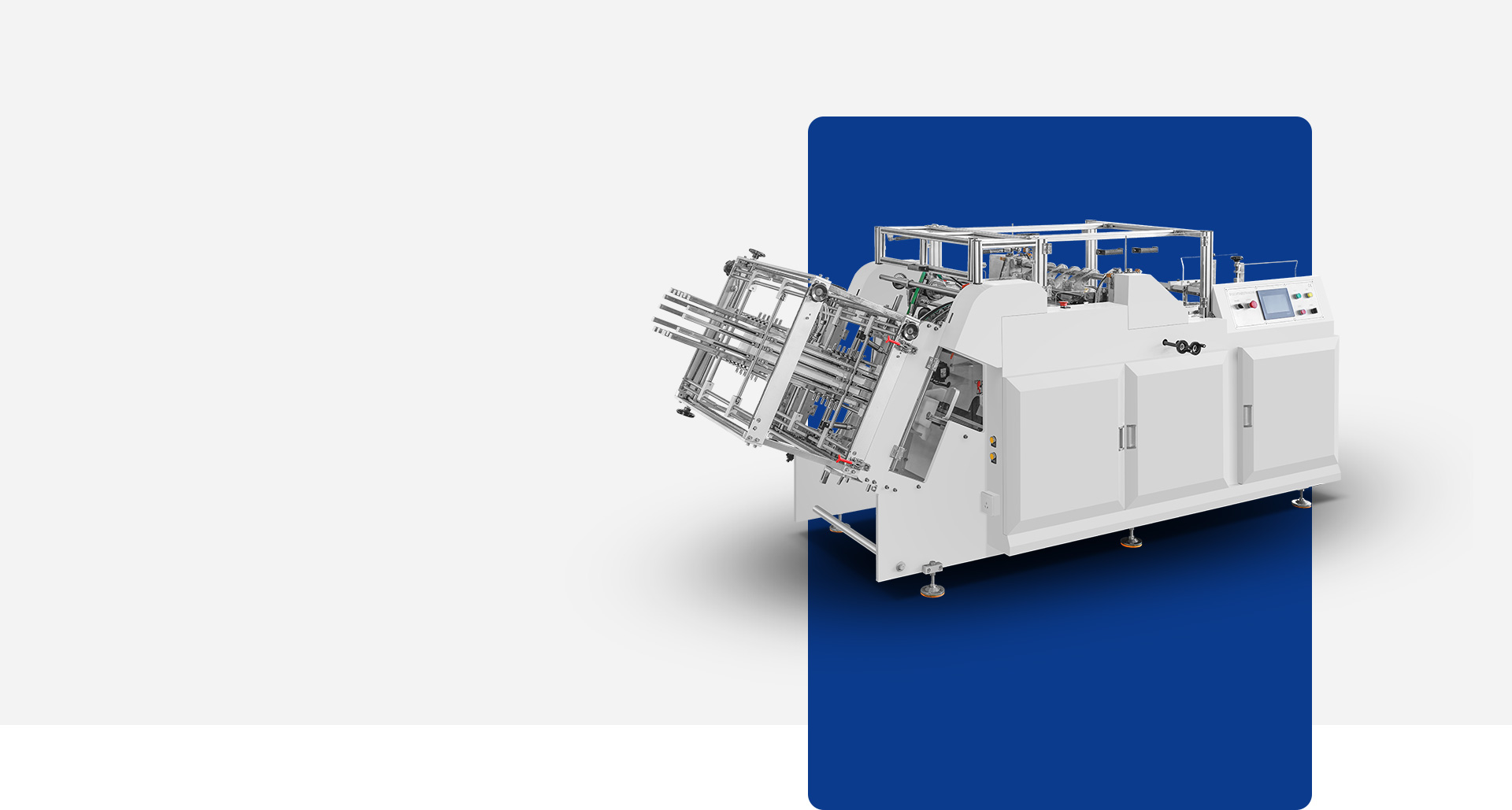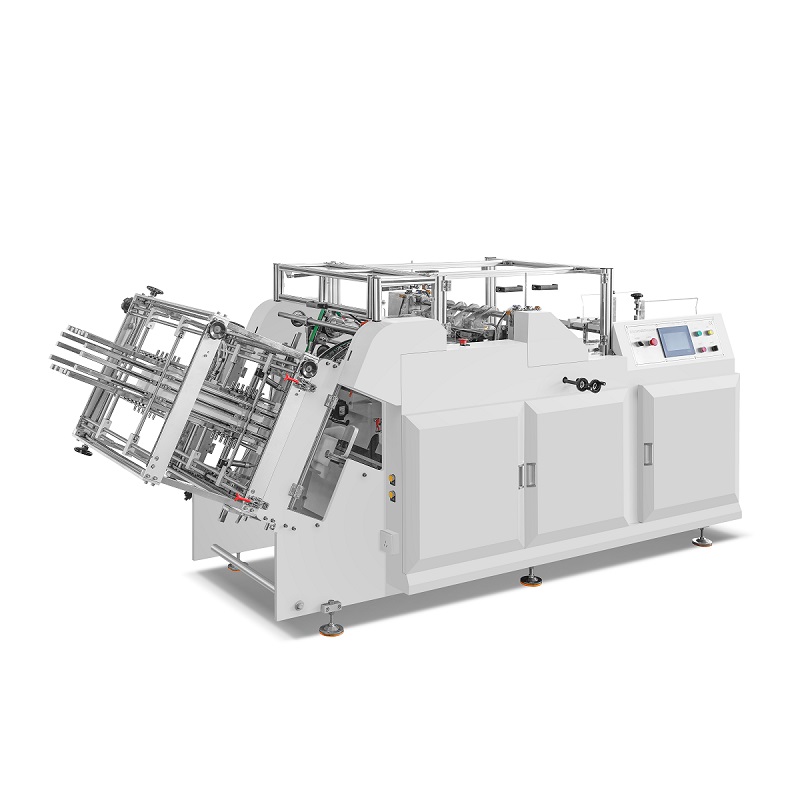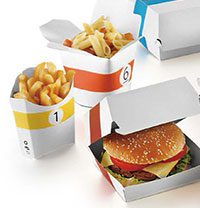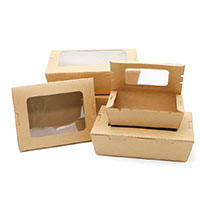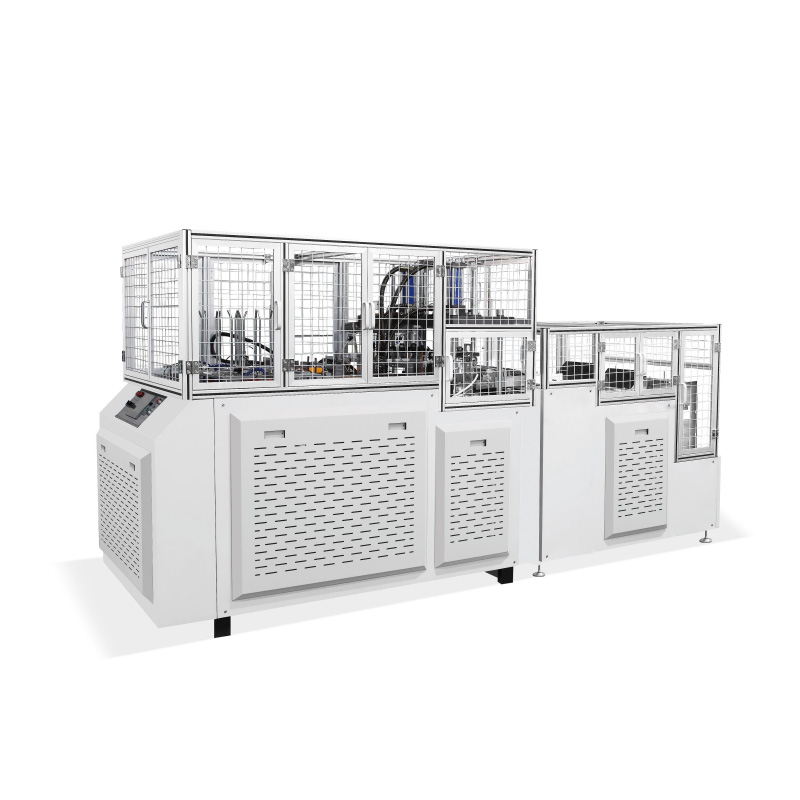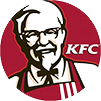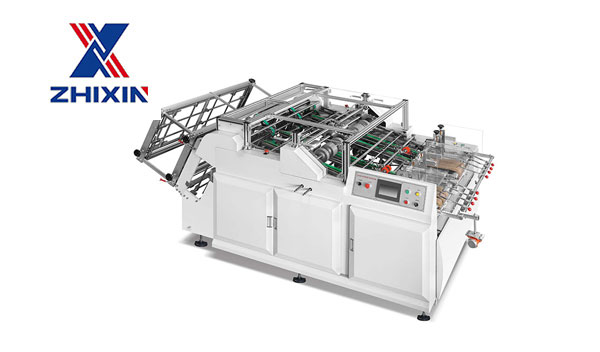Paper Plate Making Machine: Your Complete Buying Guide
The global demand for disposable paper plates is soaring—driven by restaurants, caterers, picnic events, and eco-conscious consumers ditching plastic. If you’re looking to start a paper plate production business or upgrade your existing equipment, choosing the right Paper Plate Making Machine is the first (and most critical) step. But with countless models on the market—from semi-automatic to fully automatic, low-capacity to industrial-grade—how do you avoid costly mistakes and pick a machine that fits your goals? This complete guide breaks down everything you need to know.
Clarify Your Production Needs First
Before browsing machines, define your core requirements—this will narrow down your options and prevent overspending. Focus on these 3 key factors:
1. Daily/Monthly Production Volume
Your output goals directly determine the machine’s size and speed. Ask yourself:
-
Small-scale (1,000–5,000 plates/day): Ideal for home-based businesses or local supply (e.g., serving 10–20 small restaurants). A semi-automatic machine works here.
Pro tip: Add a 20% buffer to your target volume—this accounts for maintenance downtime or sudden order surges.
2. Paper Plate Specifications
Paper plates vary in size, shape, and material—ensure the machine can handle your desired products:
-
Shape: Round plates are standard, but some machines support square, oval, or custom shapes (great for niche markets like party supplies).
-
Material: Most machines use kraft paper, coated paper (for oil-resistant plates, e.g., for fried food), or sugarcane bagasse paper (eco-friendly option). Confirm the machine’s compatibility—coated paper may require a heated press to avoid peeling.
3. Available Space & Power Supply
Paper plate machines come in different footprints:
Also, check power requirements—most machines use 220V (for small models) or 380V (for industrial models). Ensure your workshop has the right wiring to avoid electrical issues.
Choose the Right Machine Type (Semi-Automatic vs. Fully Automatic)
The two main types of Paper Plate Making Machines differ in automation level, labor needs, and cost. Here’s how to compare them:
|
Feature
|
Semi-Automatic Paper Plate Machine
|
Fully Automatic Paper Plate Machine
|
|
Operation
|
Requires manual feeding of paper and removing finished plates.
|
Fully automated (paper feeding → molding → pressing → stacking).
|
|
Production Speed
|
30–60 plates/minute (1,800–3,600/day)
|
80–150 plates/minute (4,800–9,000/hour)
|
|
Labor Needs
|
1–2 workers
|
0–1 worker (only for monitoring/stacking)
|
|
Cost Range
|
\(1,500–\)5,000
|
\(8,000–\)30,000+ (industrial models)
|
|
Best For
|
Beginners, small batches, tight budgets
|
High-volume production, cost savings long-term
|
Key consideration: If you plan to scale within 1–2 years, invest in a fully automatic machine upfront—upgrading later will cost more than buying the right model now.
Evaluate Core Components & Performance
Not all machines are built the same—focus on these critical parts to ensure durability and quality output:
1. Molding & Pressing Unit
This is the “heart” of the machine, responsible for shaping the paper into plates:
2. Heating System
For oil-resistant or coated paper plates, a reliable heating system is essential:
3. Motor & Drive System
A high-quality motor ensures consistent speed and long machine life:
4. Safety & User-Friendly Features
Select a Reliable Manufacturer (Avoid Scams!)
The manufacturer can make or break your experience—here’s how to pick a trustworthy one:
1. Check Credentials
2. Ask for Demos & References
3. Evaluate After-Sales Service
Paper plate machines need regular maintenance—ensure the manufacturer offers:
Calculate Cost & Return on Investment (ROI)
Don’t just look at the upfront price—calculate the total cost and ROI to ensure profitability:
1. Total Cost Breakdown
-
Machine Price: As listed earlier (semi-automatic: \(1,500–\)5,000; fully automatic: \(8,000–\)30,000).
2. ROI Estimation
Let’s take a medium-scale example:
-
Machine: Fully automatic ($15,000), 100 plates/minute (6,000/hour, 48,000/day).
Result: ROI in ~1 month—this shows why choosing the right machine (for your volume) is key to fast returns.
Common Mistakes to Avoid
-
Buying a “Cheap” Machine: Low-cost machines (<$1,000) often use poor-quality parts—they break down frequently, leading to lost production.
-
Ignoring Mold Compatibility: A machine with non-replaceable molds limits your ability to expand into new plate sizes.
-
Forgetting After-Sales Support: A machine without reliable support is useless if it breaks down—don’t risk it for a $500 discount.
Final Checklist for Buying
Before making a purchase, confirm these:
My production volume matches the machine’s speed.
The machine supports my desired plate size/material.
The manufacturer has certifications and positive references.
After-sales service includes installation, training, and a warranty.
The total cost aligns with my budget and ROI goals.
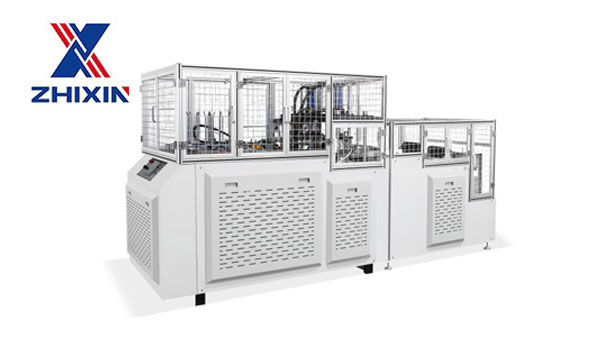
Investing in the right Paper Plate Making Machine is the foundation of a profitable business. By following this guide, you’ll avoid common pitfalls and choose a machine that grows with your needs—whether you’re starting small or scaling to industrial production. Ready to take the next step? Reach out to trusted manufacturers for custom quotes, and don’t forget to request a demo with your own paper material!


